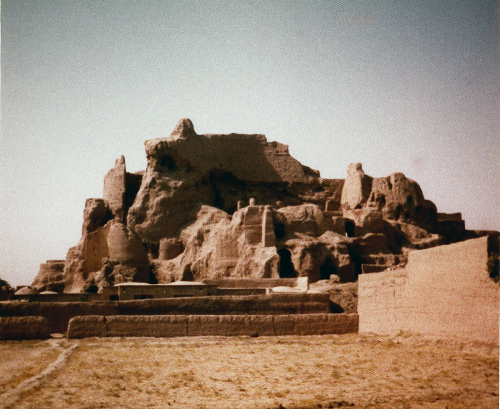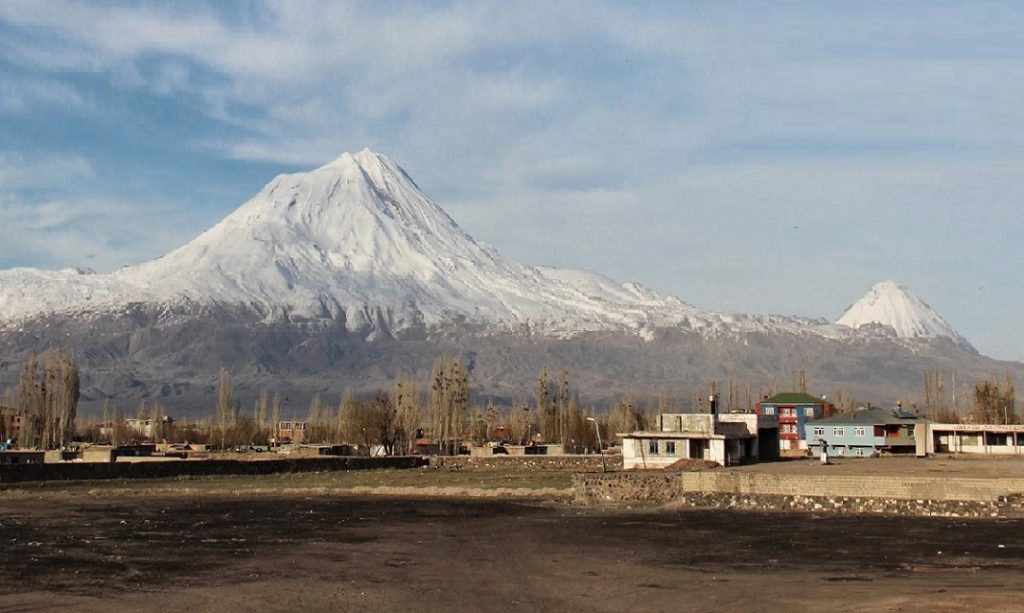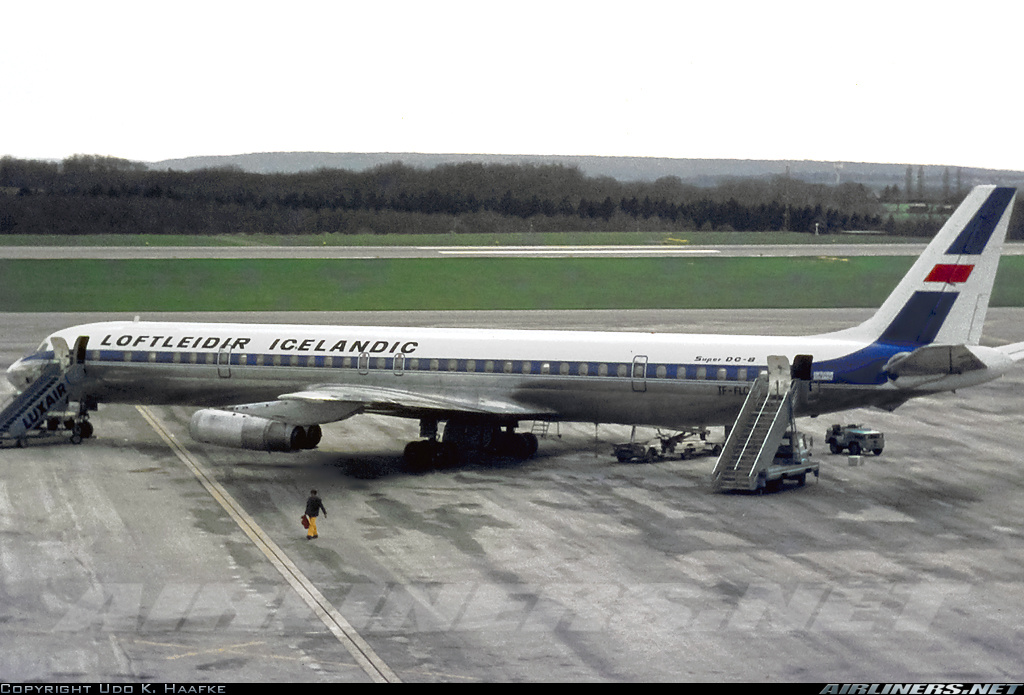Afghanistan 50 years ago was a much different country than it is today, Then it was a fairly stable monarchy under King Zahir Shah, who had reigned since 1933. He would be toppled in a coup in 1973. The scenery in Afghanistan was wild and mostly desolate. Afghanistan was at the crossroads of the ancient world. In the past, the land had been conquered by the likes of Darius I of Babylonia, Alexander the Great, and Ghengis Khan. More on that later.

The town of Herat was quite lovely, almost all bazaar and shops for clothing, carpets, and brass. There were several ruins of old castles, one of which is supposedly built on the site of a fort constructed by Alexander the Great in about BC 330. It was a complete ruin 50 years ago; since then a great deal of restoration has taken place. I also visited the Great Blue Mosque; construction on the mosque began in AD 1200. The pace of life in Herat was slow. Many men went to the tea shops, drank tea and smoked hashish all day, maybe play some music; when tired there were large carpeted platforms where they could crash.

We stayed in Herat for three days and then headed east to Kandahar. I honestly don’t remember much about the two days we spent in Kandahar, and I didn’t say anything about it in the letters that my parents and friends saved. From Kandahar we headed east again to the capital, Kabul, where we stayed for a couple days.
I visited the National Museum, which housed treasures that I saw then but which no one today will ever see because most of the collection was either looted or destroyed by the Taliban (because of Hindu or Buddhist imagery). The astounding diversity of the collection resulted from Afghanistan’s position on the ancient Silk Road between Europe and Asia. The museum had a collection of Greek and Roman coins, one of the finest in the world. After 50 years, I recall few of the details but remember being blown away by the breadth and beauty of the collection.
My traveling companions and I took an amazing side trip from Kabul before heading across the Khyber Pass into Pakistan and then on to India, but that deserves an entire post of its own.



















